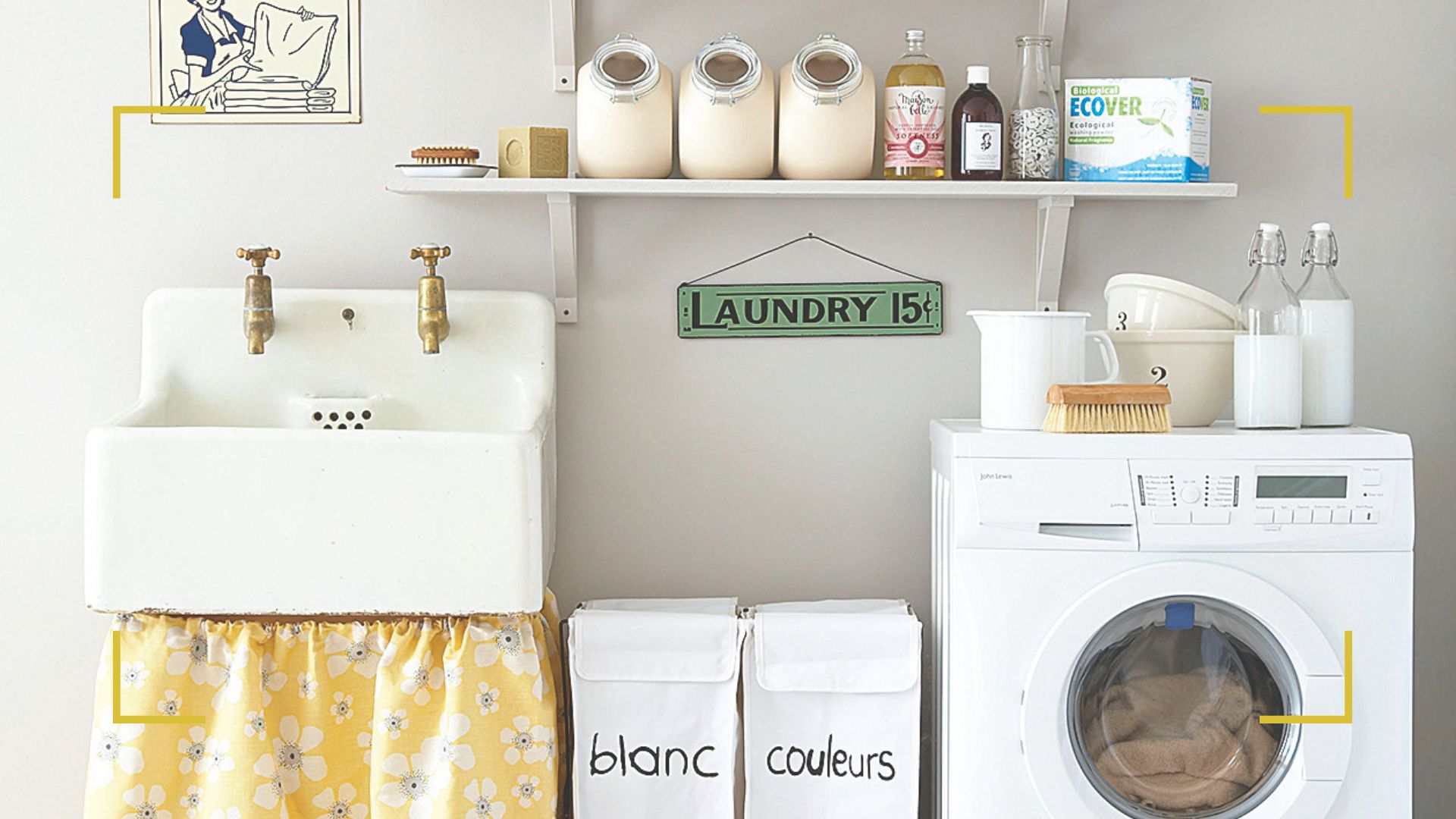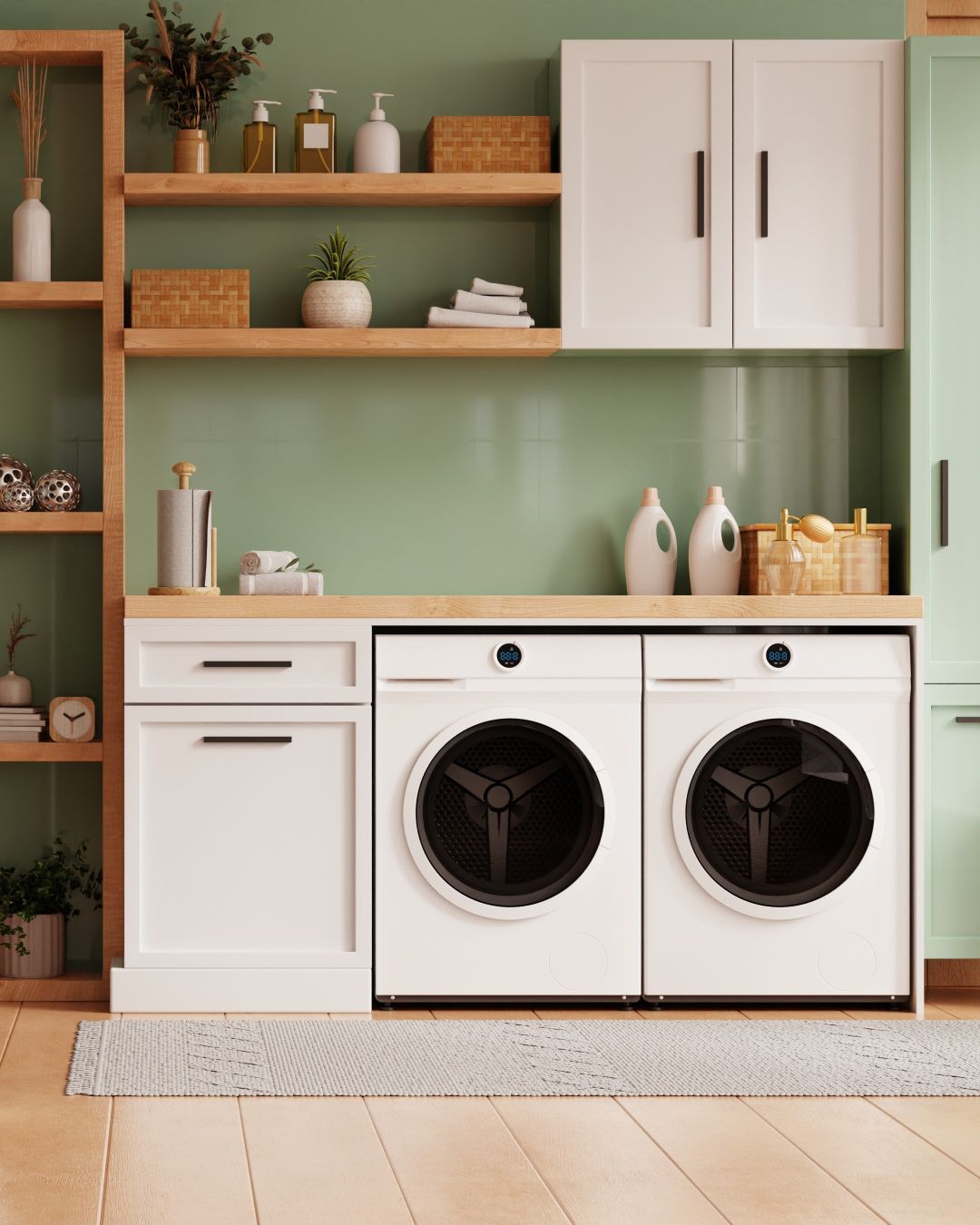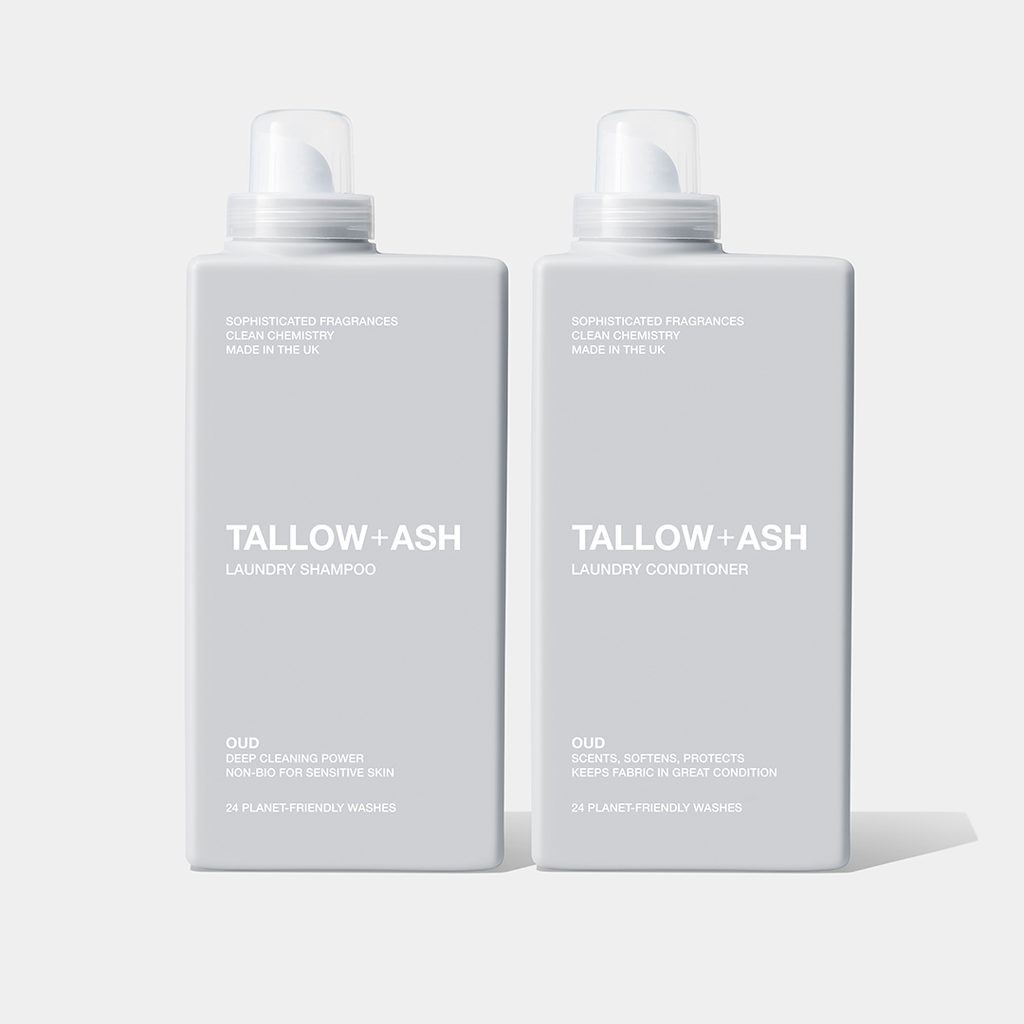Doctor warns of making this simple mistake when doing laundry
Washing at the wrong temperature is 'a big deal' that could be damaging your clothes, wasting money, and even affecting your health


Most of us don’t think twice about the best temperature to wash laundry at – whether we're trying to remove stains, freshen up bedding, or give musty towels a proper clean. But according to a recent segment on BBC Morning Live, which has gained a fair bit of traction online, washing your clothes at too high a temperature could be doing more harm than good.
In the clip, Dr. Xand van Tulleken warns viewers that the correct temperature to wash clothes at is often lower than many people assume – and that regularly washing at high heats can damage fabrics, reduce the lifespan of garments, and waste money.
Aside from regularly cleaning your washing machine, rethinking your approach to laundry temperature could help you care better for your clothes, save on energy bills, and even look after your health. Here's what the experts want you to know.
A post shared by BBC Morning Live (@bbcmorninglive)
A photo posted by on
What's the best temperature to wash laundry at?
While Dr. Xand van Tulleken warns that 90°C is far too hot for regular washloads, he also specifies that 40°C is too cold to kill any bacteria. So, the best temperature to wash laundry at really comes down to what it is you're washing, and how clean you need it to be.
Raphael Albuquerque de Vasconcelos Borges, Operations Manager at HeySunday has outlined the following guidelines for the best temperature to wash laundry at:
- 20°C or cold wash for delicate fabrics: Great for delicate fabrics. It’s energy-efficient and gentler on clothes, though it probably won't remove heavy stains.
- 30°C for everyday clothing: Ideal for most day-to-day laundry like t-shirts, jeans, and synthetic fabrics.
- 40°C for more thorough clean: Good for cottons, mixed loads, and items with moderate stains. It’s also good for washing colors without too much risk of fading!
- 60°C for heavily soiled items: Best for towels, bed linens, underwear, and anything that needs disinfecting, as previously mentioned, this temperature helps kill bacteria and allergens without compromising the fabrics.
- 90°C for very specific cases only: Only use for very specific cases like disinfecting whites or removing stubborn stains. It can be harsh on fabrics, so always check the care label first.
"This guide is a good rule of thumb to keep in mind, but my top tips is to always read the care labels on your clothes to make sure you’re using the safest and most effective temperature," Raphael advises.
Just keep in mind that 40°C or lower is unlikely to kill the bacteria we can't see, and consistently using colder temperatures can cause your washing machine to smell. If there's a nasty virus or even a common cold going round your household, Dr. Xand van Tulleken recommends upping the temperature to 60°C.
Sign up to our free daily email for the latest royal and entertainment news, interesting opinion, expert advice on styling and beauty trends, and no-nonsense guides to the health and wellness questions you want answered.

Is 90°C too hot?
While most washing machines do come with a 90°C setting, experts warn that this temperature can damage fabrics. "Clothing washed at 90°C can shrink or become damaged," Chloe Blanchfield, product marketing manager at Hisense UK confirms.
"If your garment is made of resistant material, such as bath towels, cotton underwear and bed linen made of cotton or terry cloth, these could possibly be washed at this high temperature, but we recommend nothing above 60°C."
So, definitely don't wash anything delicate at a higher temperature. It's also very costly to run the machine at 90°C, and as washer-dryers are one of the most expensive appliances to run, using this setting is a sure-fire way to up your energy bills. Stick to 60°C for heavily soiled items, as this is still hot enough to get most stains and smells out. Also, consider the best time of day to do laundry to cut costs further.

If you're looking to upgrade your laundry routine, try switching to an all-natural detergent and conditioner combo. Tallow+Ash are a brand that has recently come onto my radar, and I've heard so many good things about the effectiveness of their products. They're safe on all fabrics, and the scents are formulated by Master Perfumers.
FAQs
How do I wash clothes properly while saving energy?
Rather than just upping the temperature of the wash cycle, the experts advise taking the time to clean your washing machine instead. This will help the machine wash your clothes better and save energy to boot.
"One thing many people don’t realise is that regularly cleaning your washing machine can actually help remove odours from your clothes and prevent unpleasant smells from building up," Raphael says. "It’s also a great way to keep your machine running efficiently, which saves both energy and water."
I use Dr. Beckmann's Service-It Washing Machine Cleaner, which you can get for £3.49 at Amazon, to clean my washing machine. It's the easiest way, as I just add the formula to the drum and it does all the hard work for me.
But there are some natural alternatives you can try. Cleaning with vinegar always works, and it is particularly good at banishing smells.
"Adding citrus to your laundry also works as a natural disinfectant," Raphael suggests. "This natural laundry ingredient is a great bleach alternative because of its acidity and antibacterial properties."
Make sure you clean the rubber seal of your washing machine regularly as well, as this is where debris can build up.
Now you know the best temperature to wash laundry at, do you need to make any changes to your laundry routine?

Katie is an experienced digital journalist specialising in interiors and lifestyle. She started writing for Ideal Home in the spring of 2022, and since then has explored many topics related to home life, including design trends and DIYs. She started as part of the e-commerce team with a focus on shopping content, before moving on to the news team to explore all the latest happenings in the world of interiors. She's also written for Real Homes, Livingetc, Gardeningetc, and Homes & Gardens.
You must confirm your public display name before commenting
Please logout and then login again, you will then be prompted to enter your display name.